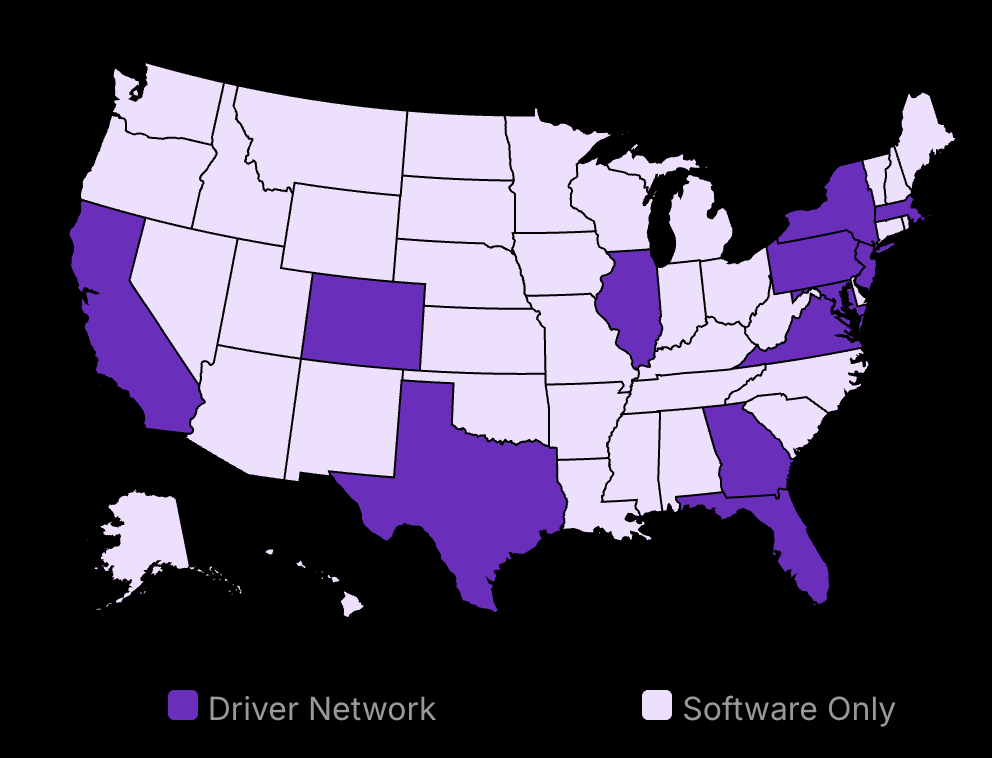In 2024, a startling truth is emerging in boardrooms across the globe: neglecting employee mental health and wellness isn’t just bad for morale—it’s a silent killer of your bottom line.
Picture this: Your star employee, Sarah, hasn’t taken a vacation in years. She’s always “on,” replying to emails at midnight and skipping lunch to meet deadlines. You’ve praised her dedication and even held her up as an example.
But Sarah’s burning out. Fast.
And she’s not alone.
The real kicker? Your company is hemorrhaging money because of it. Studies show that for every dollar invested in employee wellness programs, companies save $3.27 in healthcare costs and $2.73 in absenteeism costs.
Yet most business owners still take health risks and treat wellness as a “nice-to-have” rather than a critical business strategy. Understanding the critical link between employee wellness and productivity involves also measuring employee performance effectively. For insights on this vital aspect, check out how to enhance your measurement strategies in this post about optimizing Employee Performance.
Incorporating performance measurement into your wellness initiatives is essential for fostering a culture of accountability. By tracking employee performance metrics, you can identify trends and areas for improvement, which in turn helps to align wellness programs with business objectives. For a deeper exploration of effective performance measurement techniques, consider this resource on enhancing your approach to Employee Performance.
Here’s the uncomfortable question you need to ask yourself:
Are you unknowingly sabotaging your success by neglecting the very people who drive your business forward? As you consider the importance of employee wellness, don’t overlook the impact of performance management on overall well-being. Implementing effective performance reviews can enhance communication and alignment within your team. To assist with this, check out a comprehensive guide on a well-structured performance review process. Adopting a reliable performance review template can equip your leaders with the tools needed to foster a positive environment and motivate employees towards their best performance.
If you’re nodding (or squirming) in recognition, you’re not alone. But you’re also in the right place.
In this article, we’re going to explore three proven strategies for enhancing employee wellness that go beyond the typical “add a ping pong table and call it culture” approach. These aren’t just feel-good measures—they’re tactical moves that will transform your workplace and supercharge your business performance.

Save 80% of delivery management time
We handle everything:
- Dedicated operations manager
- Real-time tracking dashboard
- Automated customer notifications
- Urgent issue resolution
Step 1: Implement Workplace and Employee Wellness Programs
Boost employee health and job satisfaction.
Tailor programs to meet specific employee needs.
Increase participation through effective promotion.
Assess Employee’s Health and Wellness Needs
Understanding what employees want is the first step. You can conduct surveys or set up focus groups. It’s about listening to what they say.
Conduct Surveys or Focus Groups
Surveys are a straightforward way to collect feedback. You can use online tools like Google Forms, SurveyMonkey, or Typeform. Keep the questionnaires short and focused. You can ask about interests, such as fitness classes, mental health support, mental health resources, or nutritional guidance. Focus groups work well for in-depth discussions. These sessions should involve a mix of volunteers from different departments. Open up about the types of wellness activities they enjoy or feel would benefit them.
Analyze Data to Tailor Wellness Programs
Data analysis turns insights into action. Once the data is collected, look for common themes. This could be a preference for yoga over gym memberships, or interest in mindfulness workshops. Segregate data by factors like department, age, or job role, if relevant, to fine-tune programs.
Develop a Comprehensive Employee Wellness Program
Once needs are clear, It is best to create a plan. It needs to cover fitness, nutrition, and any mental health issues and wellness. Clearly define the objectives of a comprehensive wellness program.
Incorporate Fitness, Nutrition, and Stress Management
A holistic plan includes different wellness program elements. Fitness initiatives might mean offering gym discounts, employee assistance programs, or starting company sports leagues. Nutrition programs could involve providing healthy snacks in the office. Stress management might come from mindfulness sessions or flexible work arrangements. Mixing these elements gives a broader appeal across the workforce.
Set Realistic Goals and Timelines for the Employee Wellness Program Rollout
Your plan needs a timeline. You can break it down into phases. Start with simpler initiatives that require fewer resources. It is best to set measurable goals like participation rates or health outcomes.
Launch and Promote the Employee Wellness Programs
A well-promoted program is key to high engagement. You can use various channels to spread the word.
Schedule Workshops, Seminars, or Classes about Employee Wellness Programs
You should organize regular events. These could be weekly fitness classes, monthly nutrition seminars, or quarterly mental and physical health workshops. Vary the timing to accommodate different work schedules. Offering both in-person and virtual options can maximize participation. Make use of video conferencing tools like Zoom for remote employees.
Use Internal Communications to Raise Awareness and Encourage Participation
Leverage company communication channels like emails, newsletters, and intranet portals. Craft engaging messages. Highlight testimonials from employees who’ve benefited from a comprehensive employee wellness program. Create a dedicated space on the intranet for wellness resources and updates. Incorporate wellness into daily huddles or meetings.
Step 2: Focus on the Health and Productivity Benefits of the Employee Wellness Program
Encourage regular exercise to decrease death rates and prevent diseases.
Good nutrition at work improves focus and job satisfaction.
Work-life balance helps workers stay engaged and reduces burnout.
Encourage Regular Exercise for Physical Wellness
Encouraging your team to move regularly can greatly affect their personal lives and impact their health and productivity. Physical activity, even in short bursts, has been proven to significantly reduce mortality risk. Offering gym memberships or organizing fitness challenges in the workplace can help build excitement about exercise. These programs not only improve health but also foster team spirit and interaction outside the typical work setting.
Gym Memberships and Fitness Challenges
Providing gym memberships is a popular way to motivate exercise among workers. However, gym discounts might not suit everyone. That’s where workplace fitness challenges come in handy. These challenges can cater to different fitness levels, promoting inclusion. Moreover, the competitive spirit can energize participants, creating a buzz and camaraderie among team members. Fitness apps like Strava or Nike Training Club can assist in organizing company-wide challenges and tracking progress.
Active Breaks For the Mental Health Support of Employees
Active breaks during work hours can boost productivity by rejuvenating both the mind and body. Short exercises, such as full body stretching or walking breaks, help keep the blood pumping and counteract the effects of prolonged sitting. These breaks can enhance focus, and creativity, and foster a healthier work environment. Research indicates that integrating brief physical activities into daily routines can improve general well-being, even by simple walking during phone calls.
Promote Nutrition and Healthy Eating During the Wellness Program
Nutrition plays a key role in workplace performance. Offering healthier snack options can positively influence eating habits and overall workplace and employee wellness. By integrating nutritious choices into daily routines, employees can experience improved energy levels and productivity. To improve focus and energy levels even more, incorporating nootropics for productivity into a wellness program can complement nutritional efforts, connecting diet with enhanced mental acuity.
Healthy Snacks
Simple yet effective, stocking office kitchens with healthy snack options like fruits, nuts, and yogurt can make a big difference. These snacks provide sustained energy, as opposed to the quick highs and lows associated with sugary or processed foods. They help workers remain alert and focused.
Nutrition Education
Educating employees on the importance of nutrition is equally critical. Hosting lunch-and-learn sessions with nutritionists offers a practical approach to conveying this information. It provides an active learning environment where employees can ask questions and share experiences, making them more likely to adopt healthier eating habits.
Support Work-Life Balance in Wellness Programs
Implementing flexible working hours or remote work policies can significantly enhance well-being and productivity. Well-being hinges on the ability to balance work and personal life effectively. When employees feel overworked and stressed, productivity plummets and health issues may arise.
Flexible Work Arrangements For Mental Health and Job Satisfaction
Flexible work schedules or remote work can be a game-changer in supporting work-life balance. Allowing workers to select when and where they work best leads to higher job satisfaction. Trusting employees with flexibility can foster accountability and self-motivation, resulting in better performance.
Setting Boundaries
Encouraging employees to set boundaries between work and personal life is crucial. Overworking and constant connectivity can lead to burnout. Promoting the practice of logging off at a reasonable hour and encouraging the use of vacation time helps build a healthier workplace culture. People perform better when they have time to recharge.
As these strategies suggest, creating a healthy work environment requires an understanding of several factors. These include the ability to balance exercise, nutrition, and personal time. These aspects not only influence employee well-being but also enhance their performance by minimizing stress and increasing satisfaction.
Step 3: Enhance Corporate Employee Wellness Initiatives
Boost involvement with a diverse wellness committee.
Gather feedback regularly to refine programs.
Track and share success to sustain momentum.
Establish a Wellness Committee
Creating a wellness committee is the first crucial step. It acts as a driving force in improving employee wellness programs and efforts.
Diverse Team
Select members from various departments. A diverse committee ensures diverse perspectives. This helps in creating initiatives that cater to varied needs across the organization.
Defined Roles
Each member should have a specific role. These roles can range from event planning to communication. Clear roles improve efficiency and accountability in managing wellness challenges and tasks.
Regular meetings should be scheduled. These meetings are needed to brainstorm ideas and synchronize efforts. Keeping the team aligned fosters more effective implementation of workplace wellness initiatives.
Host Regular Feedback Sessions About Wellness Programs
Listening to employees is vital for the success of any program.
Collect Insights
Schedule regular feedback sessions. This helps in understanding what works and what doesn’t. Encourage honesty during these sessions. Insights from these discussions can guide future employee wellness program adjustments.
Implementation and Adjustment
You can use the feedback to make the necessary changes. Employees will feel valued when they see their suggestions implemented. This process not only improves the programs but also boosts employee mental health, morale, and engagement.
Measure and Report Success
Evaluating success is as critical as planning.
Track Key Metrics
Monitor participation rates and health outcomes. Tracking these metrics helps in understanding the impact of wellness programs on poor health behaviors. Regularly evaluating these outcomes ensures that the programs are aligned with their intended goals.
Communicate Achievements
Share these success metrics with the entire team. This could be done through newsletters or meetings. Highlighting positive changes keeps everyone motivated and encourages further participation.
Sharing personal success stories can reinforce the value of employee wellness programs. If employees see real-world effects such programs have on their peers, they’re more likely to stay engaged.
By implementing these steps, businesses can effectively enhance their corporate wellness initiatives. With a clear plan in place, organizations can promote employee wellness within the workplace and boost overall employee engagement and productivity.
The Hidden Impact of Employee Wellness Programs for Your Business
As a business owner, you now hold the key to transforming your workplace into a haven of employee wellness. By regarding wellness challenges, implementing comprehensive programs, focusing on health benefits, and enhancing corporate initiatives, you’re not just improving employee well-being—you’re revolutionizing your company culture. Remember, a healthy workforce is a productive one. Your efforts in promoting exercise, nutrition, and work-life balance will ripple through every aspect of your business, from reduced absenteeism to increased creativity and loyalty.
The journey doesn’t end here. It’s an ongoing process of listening, adapting, and growing alongside your team. As you move these healthy behaviors forward, keep the lines of communication open. Celebrate small wins and learn from setbacks. Most importantly, lead by example. Your commitment to wellness will inspire and motivate your employees to embrace these positive changes.
The question now is: How will you use these strategies to create a workplace where people thrive? Your next move could be the catalyst for a healthier, happier, and more successful future for your entire organization.



























